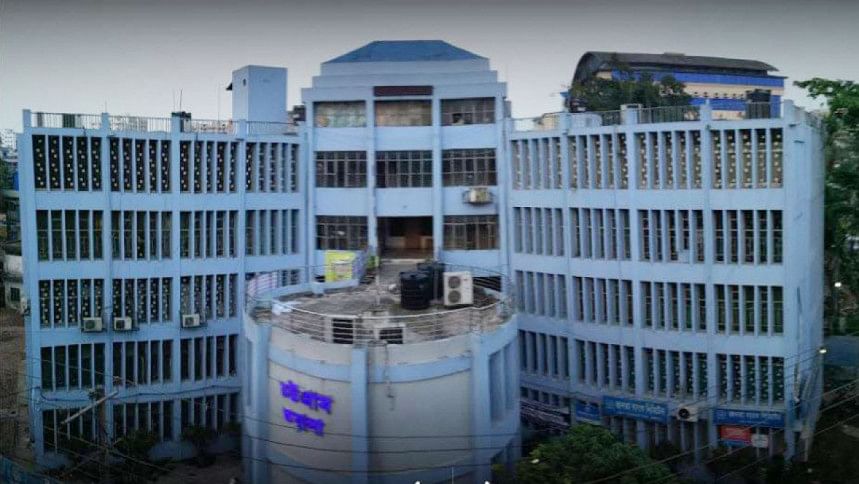CWasa to install 55 deep tubewells despite falling groundwater levels

The Chattogram Water Supply and Sewerage Authority (CWasa) has sent a proposal to the Planning Commission to install 55 deep tube wells in Chattogram city in a bid to tackle the water crisis during the dry season.
The state agency has made the move at a time when port city's groundwater level has been receding alarmingly, alongside intrusion of salt water during dry season, posing a significant threat to water security of the country's second largest city.
According to a study published in 2021, titled "Modeling of groundwater level changes in an urban area", the port city's groundwater level receded by 4.75 metres per year from 2009 to 2016.
The study, conducted by Dr Aysha Akter, a professor of Civil Engineering Department at Chittagong University of Engineering and Technology (Cuet), found extraction of water without any planning a prime cause of groundwater depletion.
CWasa supplies around 45-46 crore litres of water, most of it collected from surface sources, to consumers daily, except during the dry season.
Of this, around 41 crore litres of water are supplied after being collected from Halda and Karnaphuli rivers, according to CWasa sources.
As salty sea water enters into Karnaphuli and Halda rivers during the dry season due to the decrease in water flow from upstream, the port city faces an extreme water shortage every year, causing suffering to city residents.
Now, the CWasa is extracting water through at least 45 deep tubewells, contributing to lowering groundwater levels of Chattogram.
"The CWasa's water production decreases 1.5 to 2 crore litres per day in the dry season. So, we have been forced to take the decision to install more deep tubewells to address the water crisis," said Md Rezaul Ahsan Chowdhury, project director and an executive engineer of CWasa.
As per project documents, CWasa will install these tubewells, each of 16-inch diameter, in Kalurghat area at an estimated cost of Tk 80 crore.
Asked why the initiative is being taken despite the depletion of groundwater level, Maksud Alam, chief engineer of CWasa, said, "We have no option except installing deep tubewells to ensure water supply during the dry season."
He, however, claimed that these tubewells will be set up for an interim period to tackle the crisis.
Experts said the new initiative will put further deplete Chattogram's groundwater level.
"The CWasa took an unscientific approach to solving the water crisis. Instead, they could have increased the production capacity of its existing plants, or by constructing new treatment plants in areas without salinity problem," said Dr Sudip Kumar Pal, a professor of Cuet's Civil Engineering Department, who conducted several studies on groundwater depletion in Chattogram.
Meanwhile, residents of rural areas under 15 upazilas in Chattogram have been facing an acute water crisis as tubewells in many areas can no longer extract groundwater and are left dysfunctional.
Syed Nur, a resident of Hathazari upazila, installed a tubewell with 200 feet of depth in 2019. However, within just two years, it stopped working.
"The tubewell can't extract any water as the water level receded," she said.
According to a recent report of the Department of Public Health Engineering, the groundwater table has been declining by two-five metres yearly.
Of the total 1,00,423 tubewells installed by DPHE in Chattogram district, only 76,368 are currently functional.

 For all latest news, follow The Daily Star's Google News channel.
For all latest news, follow The Daily Star's Google News channel. 



Comments